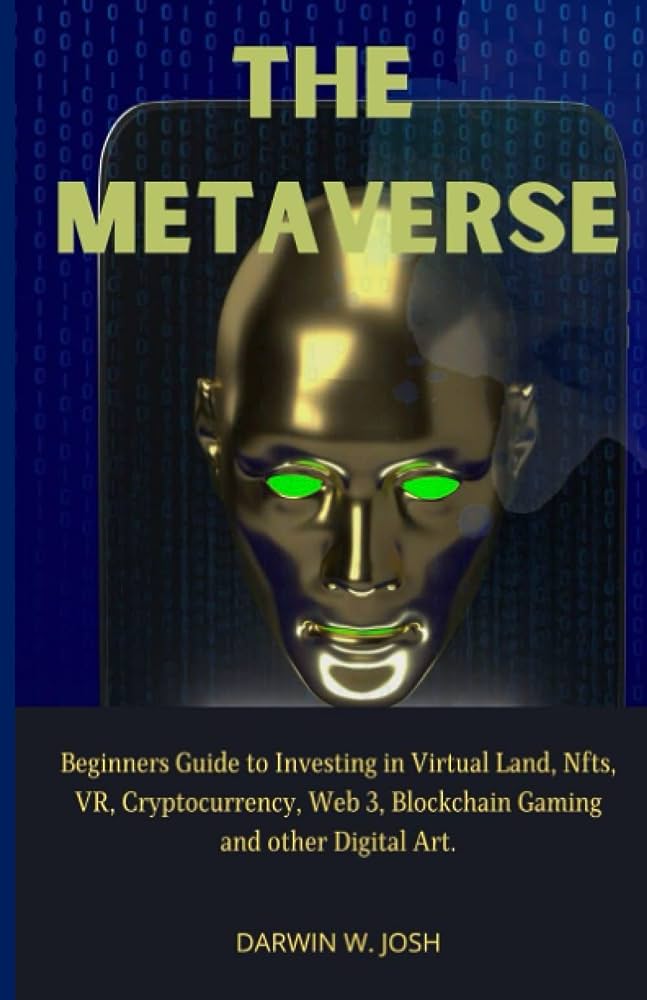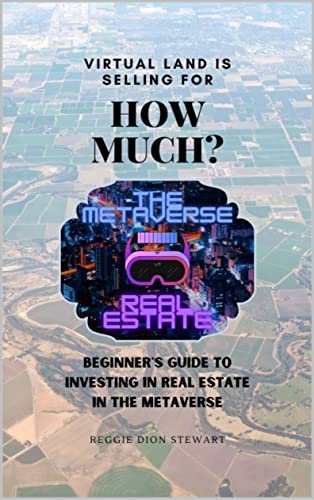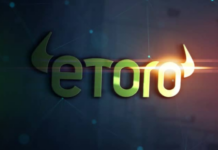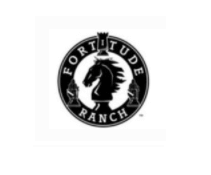Are you curious about how to invest in virtual lands? Look no further! “Beginner’s Guide to Investing in Virtual Lands” is here to help you get started on this exciting journey. Whether you’re a newcomer to the world of virtual lands or have some experience, this guide provides valuable insights and tips to navigate this unique investment landscape.
Discover the fundamentals of investing in virtual lands, from understanding the concept to finding the right platforms and opportunities. You will learn about the potential benefits and risks involved, helping you make informed decisions. So, if you’re interested in exploring this fascinating realm and capitalizing on its potential, grab a copy of “Beginner’s Guide to Investing in Virtual Lands” and set off on your investment adventure today!
Beginner’s Guide to Investing in Virtual Lands

This image is property of Amazon.com.
1. Understanding Virtual Lands
What are virtual lands?
Virtual lands refer to digital parcels of land that exist within virtual worlds or metaverse platforms. These platforms enable users to own, trade, and develop virtual real estate, much like physical lands in the real world. Virtual lands can range from small plots to expansive territories, offering a wide range of opportunities for creativity and investment.
How do virtual lands work?
Virtual lands are built using blockchain technology, which ensures transparency, security, and authenticity. Each virtual land is represented as a unique token on the blockchain, known as a non-fungible token (NFT). This token represents the ownership rights and attributes of the land, including its location, size, and any features or developments on it.
Why should you consider investing in virtual lands?
Investing in virtual lands presents a unique opportunity to participate in the growing virtual economy and digital revolution. Virtual lands can appreciate in value over time, and their scarcity and utility within virtual worlds can drive demand and increase their market worth. Additionally, virtual lands offer various avenues for monetization, such as renting or leasing, participating in the virtual economy, and creating and customizing virtual properties.
2. Researching Virtual Land Platforms
Popular virtual land platforms
Several virtual land platforms have emerged, each offering its own unique features and experiences. Some of the popular platforms include Decentraland, The Sandbox, Cryptovoxels, Somnium Space, and Neoworld. It is essential to thoroughly research and understand the offerings of each platform before investing.
Comparing features and functionality
Different virtual land platforms may have varying features, such as the ability to build and customize virtual structures, participate in social experiences, or engage in immersive gameplay. Understanding the platform’s capabilities and evaluating how well they align with your goals and interests is crucial when considering an investment.
User reviews and ratings
To get a better understanding of users’ experiences and satisfaction with a specific virtual land platform, it is advisable to read user reviews and ratings. These insights can provide valuable information about the platform’s performance, community engagement, and potential for future growth.

This image is property of Amazon.com.
3. Factors to Consider before Investing
Evaluating the platform’s ecosystem
A strong and vibrant ecosystem is vital for the long-term success and growth of a virtual land platform. Factors to consider include the platform’s user base, community engagement, developer support, partnerships, and integration with other virtual worlds or metaverse projects.
Understanding the concept of scarcity
Scarcity is a fundamental principle in determining the value of virtual lands. Limited supply and high demand can drive up the prices of virtual lands, making them attractive for investment. Evaluate the virtual land platform’s methods of maintaining scarcity, such as limiting the creation of new lands or implementing governance mechanisms that preserve the value of existing lands.
Analyzing user activity and engagement
The level of user activity and engagement within a virtual land platform can be an indicator of its popularity and potential for growth. Look for platforms with an active user base, frequent events or gatherings, and a thriving marketplace where users actively trade virtual lands and assets.
Considering future potential and trends
Keeping an eye on emerging trends and advancements in the virtual world industry can help inform investment decisions. For example, the rise of virtual reality (VR) technology, the mainstream adoption of blockchain, or the development of cross-platform compatibility can significantly impact the value and usability of virtual lands.
4. Setting Up a Digital Wallet
Choosing a secure and reputable wallet
Before purchasing virtual lands, you need to set up a digital wallet to store and manage your cryptocurrencies and NFTs. It is crucial to choose a wallet that is secure, reputable, and compatible with the virtual land platform you plan to invest in. Popular options include MetaMask, Trust Wallet, Coinbase Wallet, and MyEtherWallet.
Creating and managing your wallet
Once you have selected a wallet, follow the instructions to create an account and secure it with a strong password and two-factor authentication. Be sure to back up your wallet’s recovery phrase in a safe place, as it is the only way to regain access to your funds if you forget your password or lose your device.
Understanding public and private keys
When setting up your digital wallet, you will be provided with a public key (address) and a private key. The public key is used to receive funds or virtual assets, whereas the private key should be kept confidential and is required to access and transfer your holdings. Safeguard your private key and avoid sharing it with anyone to prevent unauthorized access to your virtual lands.

This image is property of Amazon.com.
5. Purchasing Virtual Lands
Navigating the platform marketplace
Each virtual land platform has its own marketplace where users can buy and sell virtual lands. Familiarize yourself with the platform’s marketplace interface, which may include search filters, sortable listings, and detailed information about each land listing, including its location, size, and asking price.
Determining your investment budget
Before making any purchase, it is essential to establish a budget that aligns with your financial situation and risk tolerance. Consider factors such as the current market prices, the desired quality and location of the virtual land, and any additional costs for building or development.
Exploring different types of virtual lands
Virtual lands can vary greatly in terms of size, location, and attributes. Some may be situated in bustling city centers, while others may offer tranquil natural landscapes. Consider the type of virtual land that appeals to you and the potential for generating revenue or engaging in activities that interest you.
Considering location and proximity
Location within a virtual world can significantly impact the attractiveness and value of a virtual land. Lands located in highly populated or sought-after areas may have higher demand and resale value. Additionally, proximity to popular landmarks, community hubs, or valuable in-game resources can enhance the utility and desirability of the land.
Examining land attributes and features
Virtual lands often come with unique attributes or features that can influence their value. These may include the presence of rare resources, pre-built structures or landmarks, accessibility to transportation networks, or special zoning that allows for specific types of development. Evaluate these attributes to understand the potential for future appreciation or income generation.
6. Understanding Virtual Land Ownership
Blockchain technology and ownership rights
Blockchain technology ensures secure and verifiable ownership rights for virtual lands. The ownership of virtual lands is recorded on the blockchain through NFTs, which provide a unique and immutable proof of ownership. This decentralized system eliminates the need for intermediaries or third parties, making the ownership process transparent and resistant to fraud or manipulation.
Smart Contracts and decentralized governance
Smart Contracts, built on blockchain technology, enable automated transactions and enforce ownership rules within virtual land platforms. They facilitate interactions between users, allowing for seamless buying, selling, renting, or leasing of virtual lands. Decentralized governance models, where users participate in platform decisions, ensure fair and transparent policies for landowners.
NFTs and proof of ownership
Non-fungible tokens (NFTs) act as digital certificates of ownership for virtual lands. These tokens contain unique metadata that describes the specific attributes and characteristics of each land. When purchasing virtual lands, you will receive an NFT representing your ownership rights, allowing you to prove authenticity, transfer ownership, or showcase your virtual land as a collectible asset.

This image is property of i5.walmartimages.com.
7. Evaluating Investment Potential
Studying historical price trends
Analyzing the historical price trends of virtual lands on the platform can provide insights into their overall value and potential for appreciation. Look for patterns or trends that indicate a rising demand or increasing market prices over time.
Understanding market demand and supply
Market demand and supply dynamics play a crucial role in determining the value of virtual lands. High demand and limited supply can lead to increased prices, while oversupply or lack of interest may result in depreciation. Research the platform’s user base, community size, and trading volume to gauge the level of demand and supply in the market.
Analyzing development plans and partnerships
Keep a close eye on the virtual land platform’s development roadmap and partnerships. Platforms with strong development plans, regular updates, and collaborations with reputable companies or brands may have a higher chance of attracting users and driving demand, potentially impacting the value of virtual lands.
Considering long-term sustainability
Investing in virtual lands should include a consideration of their long-term sustainability and future potential. Evaluate the platform’s ability to adapt to changing market dynamics, technological advancements, and emerging trends. Look for platforms that demonstrate a commitment to continuous improvement and innovation to ensure the longevity of your investment.
8. Managing and Monetizing Virtual Lands
Creating and customizing your virtual property
Once you own a virtual land, you can explore various customization options to make it unique and attractive. Platforms often provide tools and interfaces for creating and modifying virtual structures, landscapes, or in-world businesses. Create a visually appealing and engaging environment to attract visitors or potential tenants.
Renting or leasing your land
If you are not actively using your virtual land, you can consider renting or leasing it to other users. Establish clear terms and conditions for the rental agreement, such as duration, rental fees, and restrictions. Renting your virtual land can generate a passive income stream and increase the return on your investment.
Participating in the virtual economy
Virtual lands are often part of a broader virtual economy, where users can engage in various activities to earn in-game currencies or assets. Explore opportunities to participate in the platform’s economy through activities like virtual farming, trading virtual assets, or providing services to other users. Strategically leveraging the virtual economy can enhance the profitability of your virtual lands.
Tips for increasing land value and profitability
To increase the value and profitability of your virtual lands, consider implementing the following strategies: actively engage with the community, organize events or gatherings on your land to attract visitors, collaborate with other landowners or developers for joint projects, and regularly update and maintain your virtual property to enhance its quality and desirability.

This image is property of Amazon.com.
9. Risks and Challenges
Volatility and speculative nature
Investing in virtual lands, like any investment, involves inherent risks. Virtual land prices can be volatile and speculative, influenced by market sentiments and the broader crypto space. It is essential to be prepared for price fluctuations and understand that virtual lands may not always appreciate in value.
Platform security and hacking risks
Virtual land platforms operate online, making them susceptible to security risks and potential hacking attempts. Choose platforms with robust security measures and follow best practices for securing your digital wallet, such as enabling two-factor authentication and avoiding phishing attempts.
Regulatory concerns
The regulatory landscape surrounding virtual lands and cryptocurrencies is still evolving. Regulatory changes or restrictions imposed by governments could impact the functionality and value of virtual lands. Stay informed about the legal and regulatory developments in your jurisdiction and consider the potential implications for your investments.
Potential scams and fraudulent activities
As with any investment market, virtual land platforms are vulnerable to scams and fraudulent activities. Exercise caution and do thorough research before making any investment decisions. Be wary of promises of guaranteed returns, suspicious or unverified sellers, and unsolicited investment opportunities.
10. Future Trends and Opportunities
Metaverse and the concept of interconnected virtual worlds
The concept of the metaverse, a virtual universe where different virtual worlds seamlessly coexist, is gaining traction. Investing in virtual lands now can position you to take advantage of the potential growth and opportunities within the metaverse.
Emerging technologies and advancements
Continued advancements in technologies such as virtual reality, artificial intelligence, and blockchain will shape the future of virtual lands. Stay informed about emerging technologies and assess how they may impact the value and utility of virtual lands.
Investment diversification strategies
Investing in virtual lands should be part of a diversified investment strategy. Consider diversifying your portfolio across different assets and industries to minimize risk and maximize potential returns. Virtual lands can serve as an alternative investment class and add a unique and potentially lucrative dimension to your investment portfolio.
In conclusion, investing in virtual lands can be an exciting and potentially rewarding venture. However, thorough research, understanding the platform ecosystem, evaluating risks and opportunities, and staying informed about market trends and advancements are crucial to making informed investment decisions. With diligent consideration and a long-term perspective, you can navigate the virtual land market and explore the vast opportunities within the booming virtual economy.












